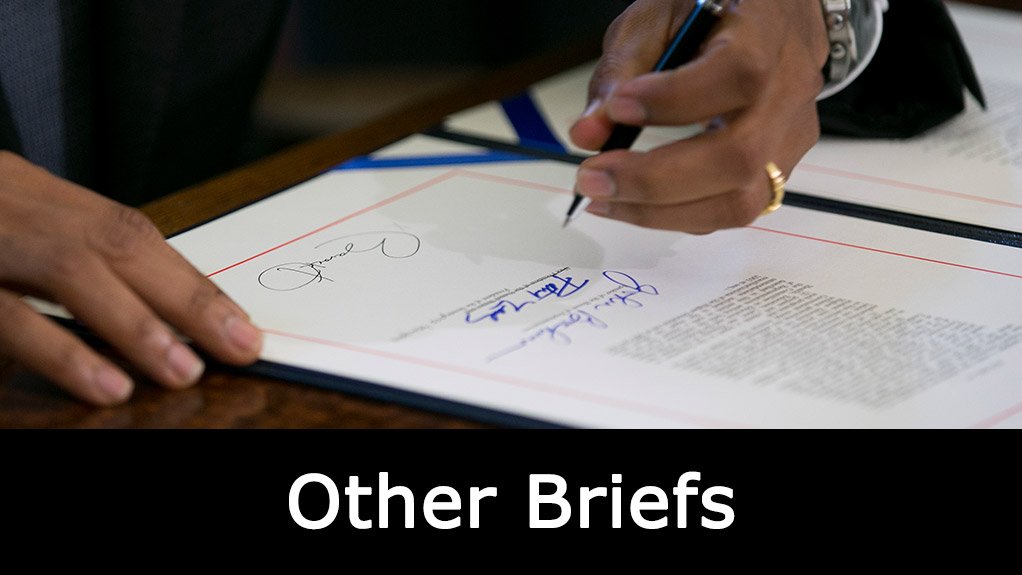Receiving an employee’s resignation may appear to signal the end of an employment relationship; however, this may only be the calm before the storm – a case later referred as a constructive dismissal. In a conventional dismissal, it is the employer who puts an end to the contract of employment by dismissing the employee. Conversely, in a constructive dismissal, it is the employee who terminates the employment relationship by resigning due to the conduct of the employer. The employee bears the onus of proving that resignation was not voluntary and that the employee never intended to terminate the employment relationship, showing instead that the employer made the relationship intolerable. The Courts have identified this enquiry to be whether the conduct of the employer rendered continued employment “intolerable” for the employee.
The Labour Court in Gold One Ltd v Madalani [2021] 2 BLLR 198 (LC) and Others has stated that intolerability is a high threshold, far more than just a difficult, unpleasant or stressful working environment and not even caused by an obnoxious, rude and uncompromising superior who may mistreat employees. Intolerability rather entails an unendurable or agonising circumstance marked by the conduct of the employer that must have brought the employee’s tolerance to a breaking point. Even the Constitutional Court in Booi v Amathole District Municipality and Others (2022) 43 ILJ 91 (CC) has stated that intolerability implies a level of unbearableness and must surely require more than the suggestion that the relationship is complex, fraught or even sour.
The Supreme Court of Appeal in Murray v Minister of Defence (2008) 29 ILJ 1369 (SCA) has stated that there are many things an employer may fairly and reasonably do that may make an employee’s position intolerable. Essentially, the employer must be culpably responsible in some way for the intolerable conditions, such that the employer’s conduct must have lacked reasonable and proper cause. Subsequent to intolerability being established, the question to be answered is: Had the employer, without reasonable or proper cause, conducted itself in a manner calculated to destroy or seriously damage the relationship of confidence and trust with the employee?
Kahanovitz AJ in SAMWU obo Bezuidenhout v Khai-Ma Local Municipality (C08/24) [2025] ZALCCT 76 confirmed principles expounded in other landmark decisions, by delivering a decision “hot off the bench” on 11th September 2025, stating that the cumulative effect of the conduct of the employer towards the employee must be such that the employee could not reasonably be expected to cope with it. The resignation must have been a reasonable step to escape intolerable working conditions. However, the learned Judge further stated that unhappiness at work is by itself not intolerability, as employees, especially senior employees, are expected to have a thick skin.
Thus, when an employee resigns as a result of constructive dismissal, such an employee is indicating that the situation has become so unbearable that the employee cannot fulfil what is the employee’s most important function, namely to work. The employee acts on the subjective belief that the employer will not likely reform or abandon the pattern of creating an unbearable working environment. However, the employee must have lodged formal grievances of mistreatment to reach this breaking point, and a failure to have done so may dissolve any belief in the employee’s allegations of intolerability.
If the employer proves that the employee’s subjective fears were unfounded, then the employee has not been constructively dismissed but has merely resigned. If one is simply dealing with a resignation, then any questions of the possible unfairness of “a dismissal” do not even arise. Kahanovitz AJ finally confirmed that the subjective state of mind of the employee is not a critical factor, as an objective test is used in the determination of the existence, or otherwise, of a constructive dismissal claim.
Tips:
- Maintain reasonable and proper conduct to avoid claims of intolerability.
- Courts apply a high threshold for constructive dismissal; employees must prove that conditions were objectively unbearable due to the employer’s actions. Employers should therefore ensure that their conduct is fair, transparent, and not calculated to undermine trust or confidence in the employment relationship.
- Encourage and address formal grievances early.
Employees are expected to raise grievances before resigning. Employers who provide clear grievance procedures, take complaints seriously, and respond appropriately reduce the risk of a resignation later being framed as a constructive dismissal claim.
Written by Hemanth Haricharan, Dispute Resolution Official, CEO SA
EMAIL THIS ARTICLE SAVE THIS ARTICLE ARTICLE ENQUIRY FEEDBACK
To subscribe email subscriptions@creamermedia.co.za or click here
To advertise email advertising@creamermedia.co.za or click here











